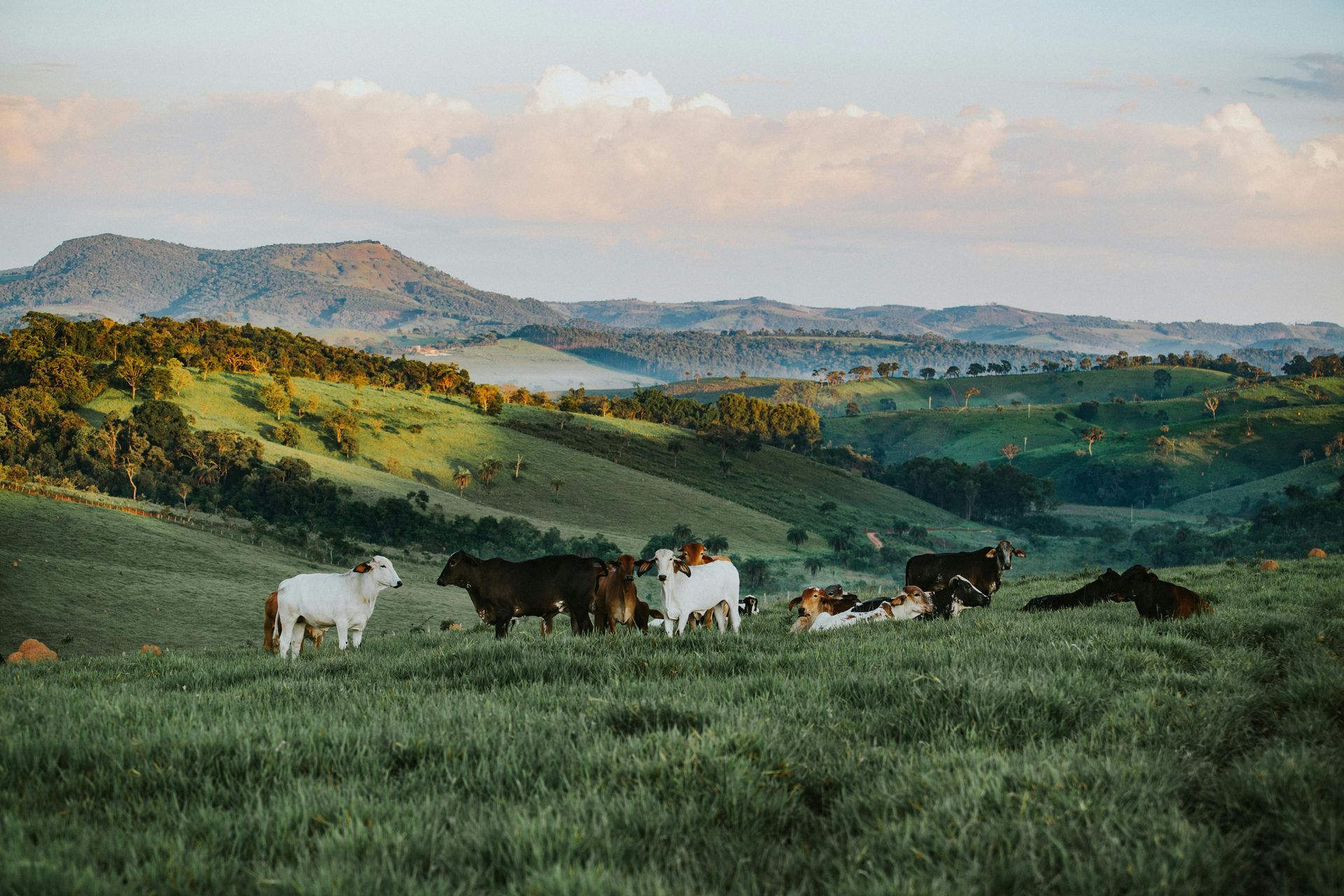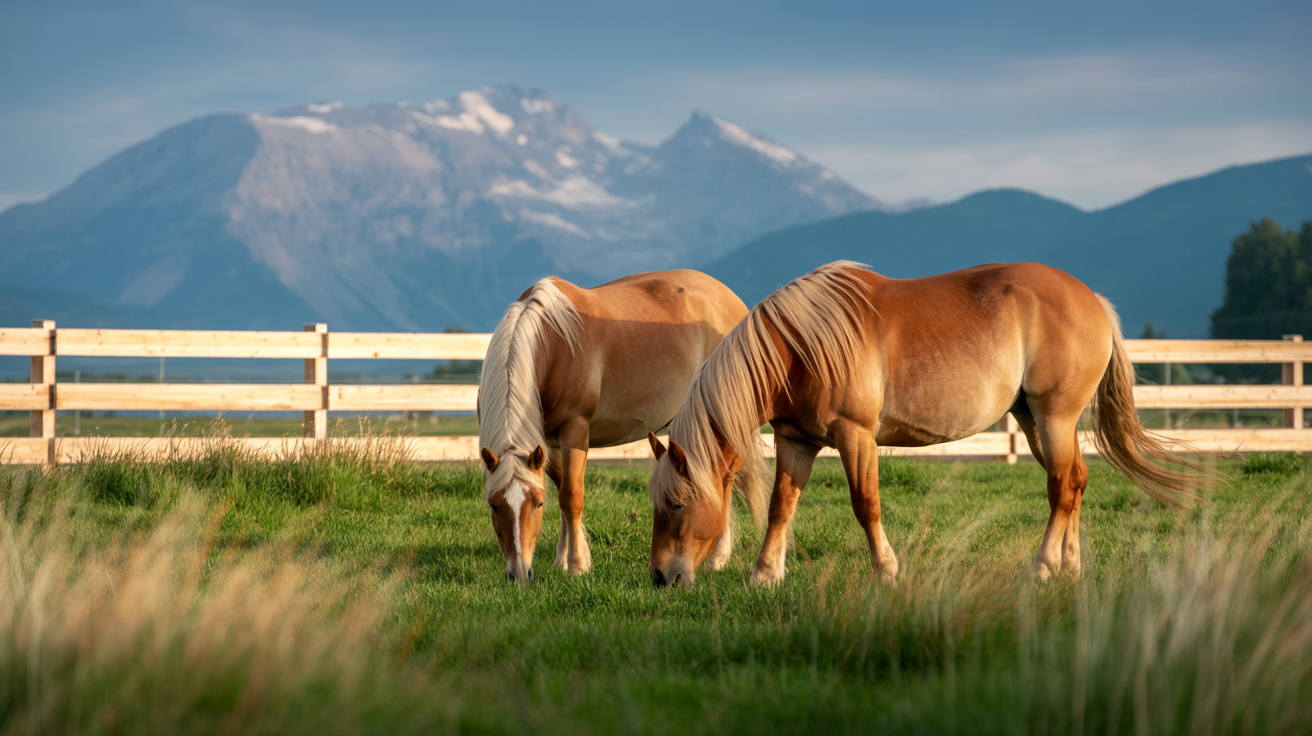Can Your Land Support Livestock? Here’s a Reality Check
There’s something deeply rewarding about raising your own cattle or running a working ranch — but before you saddle up and sign the land papers, there’s one thing you need to understand:

Acreage doesn’t equal carrying capacity. Just because a property is large doesn’t mean it can support the number of animals you envision. In Montana — especially the eastern region — the landscape is drier, the forage is leaner, and grazing conditions are vastly different than what buyers from wetter states might expect.
The 100-Acre Myth
It’s not uncommon for buyers to believe 100 acres can easily support 40 or 50 head of cattle. In Kentucky or Missouri, maybe. But in Eastern Montana? You may need 20+ acres per cow depending on the land’s condition, rainfall, and grass species.
Many properties simply can’t support year-round grazing without overworking the pasture or supplementing with hay. That’s why evaluating land for livestock isn’t just about size — it’s about sustainability.
Key Factors That Affect Grazing Potential
- Soil Type: Sandy soils drain quickly and don’t retain nutrients. Clay-heavy soils can hold moisture longer but may be prone to compaction.
- Grass Species: Native grasses like blue grama and western wheatgrass are hardy, but slow-growing. Invasive species like cheatgrass offer quick green-up but poor nutrition.
- Water Availability: Livestock need consistent access to water, and that means either a reliable well, a spring, or storage tanks.
- Past Land Use: Overgrazing, weed infestation, and lack of pasture rotation all reduce a property’s current productivity.
Educational Tip: How to Estimate Carrying Capacity
Carrying capacity is usually measured in Animal Unit Months (AUMs) — the amount of forage needed to support one cow-calf pair for 30 days.
Here’s a simplified way to approach it:
- Assess the total usable grazing acres (excluding forest, rocky ground, or inaccessible zones)
- Estimate the forage production in pounds per acre
- Factor in seasonal changes, drought patterns, and land rest periods
You don’t need to be a range scientist — but you do need a broker who understands what’s realistic in your region.
Don’t Risk Overpaying — or Underselling
If you're buying, overestimating the land’s livestock potential can mean spending more on supplemental feed than the land is worth.
If you’re selling, not being able to clearly articulate the property’s grazing value could leave money on the table — or attract the wrong kind of buyer altogether.
Thinking about running cattle or expanding your livestock operation in Eastern Montana?
Erik Erickson has helped dozens of buyers and sellers evaluate land based on real-world productivity, not guesses. As a rancher himself,
he understands grazing cycles, native forage, and how to position land to attract serious buyers who know what they’re looking for.
Call 406‑861‑5558 or visit mtlandandranch.com to talk with someone who walks the pastures — not just talks the pitch.



